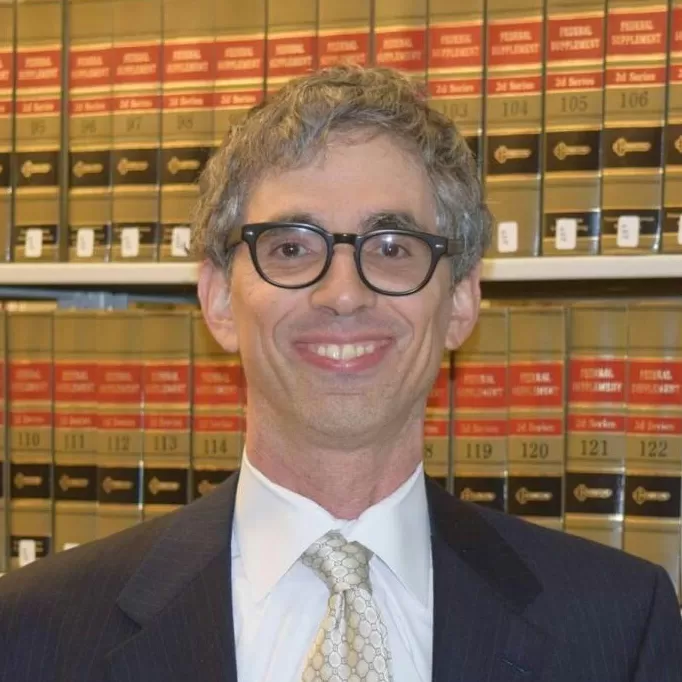Michael Lewyn is a professor at Touro University, Jacob D. Fuchsberg Law Center, in Long Island. His scholarship can be found at http://works.bepress.com/lewyn.
McCain, Obama, and urbanism
<p> The battle for the White House has reached my inbox, as even listservs about urbanism crackle with endorsements and denunciations of Obama, McCain, Palin, etc. <br /> <br /> But all of this frenzied activity assumes that what a President says or thinks is particularly relevant to urban issues. But this need not be so. The policy areas most relevant to sprawl and urbanism, land use and transportation, are not likely to be directly affected by the results of the presidential election. <br /> <br /> In particular, zoning and similar land use issues are generally addressed by state and local governments. Even the most pro-urban president is unlikely to take on anti-infill NIMBYism (1), make strip malls more walkable. or make streets narrower. <br />
Culs-de-Sac and Grids: A Middle Ground (Or Two, Or Three)
<p> Smart growth supporters tend to prefer grid systems to cul-de-sacs, for excellent reasons. A proliferation of cul-de-sacs artificially lengthens walking distances: if streets don’t connect to each other, you might have to walk a mile to go just a few hundred feet. In addition, cul-de-sacs increase traffic congestion by dumping most vehicular traffic on a few major streets. And because biking is less safe on busy, high-traffic streets, bikers benefit from a grid system as well. </p>
Crime and urban design: Oscar Newman 36 years later
<p> I recently read Oscar Newman’s 1970s book on crime prevention, “Defensible Space.” In this book, Newman addressed the question of why some public housing projects are insanely dangerous, and others only moderately so. Although Newman’s analysis is mostly confined to low-income housing, commentators of all stripes have relied on his work: new urbanist commentator Laurence Aurbach asserts that Newman’s work supports new urbanists’ emphasis on heavily trafficked, walkable streets (1) while Randall O’Toole considers Newman to be a defender of single-use, cul-de-sac sprawl (2). <br />
One way to protect bus riders
<p> As gas prices keep rising, the public demand for buses and trains keeps growing. Yet in some cities, government is actually cutting back transit service, because rising gas prices make transit vehicles more expensive to operate.(1) But as a matter of substantive policy, service reductions are not only less desirable than service increases, but also less desirable than fare increases. As a bus rider, I’d rather pay $1.50 and know that my service is safe from fiscal crises than pay $1 and worry that my service might be reduced or canceled next month. Moreover, if fairness means spreading pain equally throughout the population, it is fairer to have everyone pay a little more than to have some neighborhoods be left without service. </p>
Who fights for suburbia?
<p> This morning, one of my listservs was aflutter with discussion of a new article by Joel Kotkin, attacking an alleged "war against the suburbs." According to Kotkin, this "war" consisted of Jerry Brown’s efforts to "compel residents to move to city centers." After reading Kotkin’s article, I couldn’t really figure out exactly what Brown was trying to do- and since I don’t live in California, it really isn’t that important to me. </p> <p> However, it is important to realize that "smart growth" need not be the enemy of suburbs. Here’s why: </p>

























